New Hampshire may be a smaller state, but it comes with plenty of personality. From hurricanes and tornadoes in the summer to icy snow storms in the winter, there are a wide range of extreme weather conditions that will keep you on your toes.
We looked at the ten biggest cities in the state — Portsmouth, Derry, Keene, Merrimack, Salem, Rochester, Dover, Concord, Nashua, and Manchester — and found that they all share similar risks for inclement weather. Here we’ve presented all the potential natural disasters New Hampshire residents may encounter, along with how to reduce the possibility of damage to your home and injury to your family, what to do in the event of a disaster striking, and how to recover afterward. There’s no better preparation than education, so let’s get started!

Your Emergency Safety Kit: Fit for All Disasters
When disaster strikes, there’s usually little time to get supplies together. That’s why it’s important to have an emergency safety kit on-hand and ready at all times: if a storm is on the way, you can quickly grab it and get your family to safety. Your kit should include:
- A first aid kit
- A week’s supply of medications and medical items (syringes for diabetics, extra hearing aids with batteries, etc.)
- At least a 3-day supply of non-perishable, easy-to-prepare food
- Clean water (a gallon per person, per day)
- Baby and pet supplies
- Family and emergency contact info in a laminated sheet (don’t count on only having the info stored in your phone — some disasters may put you out of power for days at a time)
- A few days worth of extra clothing
- Sanitation and personal hygiene items
- Flashlights
- A battery-powered or hand-crank radio
- Extra batteries
- Copies of important documents like insurance policies, medication lists and information, the lease or deed to your home, and birth certificates
- Local and state maps
- Tools and hardware supplies to help secure your home
- A cell phone with chargers (if possible, keep a spare phone dedicated solely to emergencies and keep it turned off in non-emergent situations to preserve the battery)
- Extra cash
- Extra blankets
- Sunscreen and insect repellant
- Waterproof clothing like raincoats, ponchos, and rain boots
Keep your supply kit in a secure location that won’t be easily reached by pets or small children, but will be quickly accessible to you in the event of an emergency. Ensure that everyone in your family knows where it’s kept, and be sure to keep up with replacing old medication so your supplies don’t expire.
You should also establish a family emergency plan in case disaster strikes and you can’t get to each other. Decide where to connect if you’re separated and ask a trusted family member or friend outside of the state to act as a kind of “home base”: it will be easier to reach out to just one designated person (who won’t have connection problems caused by the disaster) to let him or her know who is safe and accounted for.
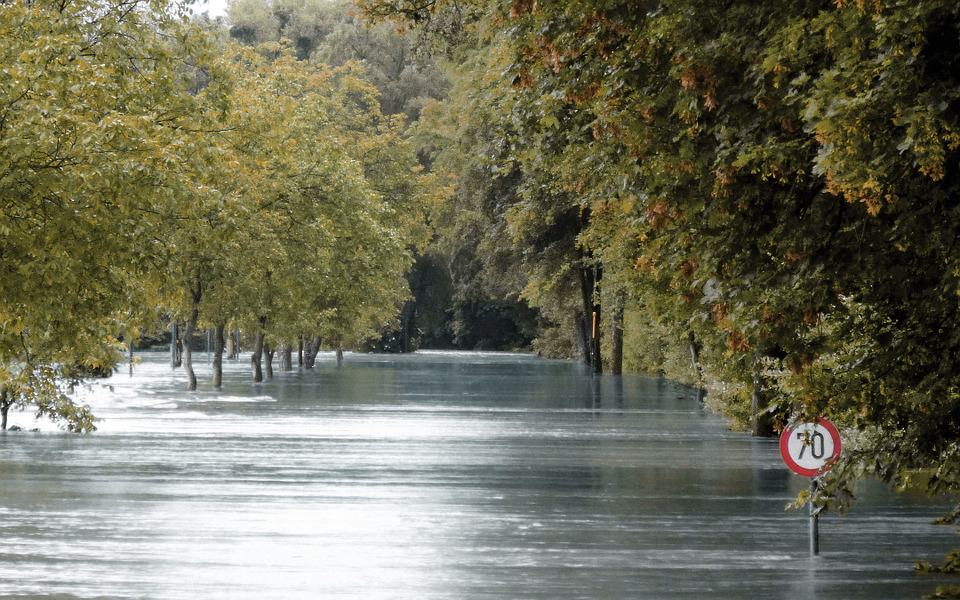
New Hampshire Safety Guide: Floods
Flooding is the most common hazard that New Hampshire residents face. Every year, at least one part of the state experiences a flash flood, a main stem river flood, a coastal flood, or some combination of the three. They usually occur following continuous heavy rainfall caused by two or more weather systems stalled over the state (like tropical storms or hurricanes). Because of New Hampshire’s rocky topography, its numerous small rivers and streams often overflow their banks during heavy, continuous rain. With no other place to go, the excess water floods into fields, roads, and populated areas. Although the threat is most common in the spring due to a combination of melting snow and spring showers, floods may happen at any time.
The first way you can prepare your home and family for flooding is to do a little research about your area’s history with it. If you live close to a channel of water, your likelihood of experiencing flooding at some point increases. Take special note of how low your home is situated with the land it sits on and near (especially in relation to nearby bodies of water), and for particularly low spots in your house like basements. Do what you can to keep electronics and valuables out of these areas, or place them so they can be quickly and easily moved should a flood watch occur.
In times of heavy rain, always be alert to the fact that a flood may strike, even if no official warning has been issued. Keep an eye on the news for flash flood watches, which mean flooding is possible in your area. A flash flood warning means flooding is already occurring or will soon occur in your area. Be prepared to evacuate in a moment’s notice, and once the flood warning is issued, get to higher ground as quickly as possible and stay there.
Floodwaters are dangerous, so avoid them as much as possible. If you come across a flowing stream where water is above your ankles, stop, turn around, and go another way. Never underestimate moving floodwaters, even if it seems shallow: just six inches of swiftly-moving water can sweep a grown adult off his or her feet. If you’re driving and find yourself on a flooded road with waters rising rapidly around you, quickly get out of the car and move to higher ground. Most cars can be swept away in less than two feet of moving water, so don’t take the risk!
If you must walk through floodwaters to get to safety, wear rain boots. (You may even opt to keep a pair in your car.) Wherever possible, walk where water isn’t moving and use a large stick to check the firmness of the ground in front of you. Carry small children; not only are they at greater risk for being swept in a current, they may be curious and investigate contaminated waters. Hold hands or link arms with older children or other adults until you’ve reached safety. Be especially cautious at night when it’s more difficult to spot moving water or dangerous areas. Don’t touch any electronics while you’re wet or standing in water.
Only return home when officials have declared your area safe. Even if floodwaters have receded, be especially wary since roads may have been weakened and could collapse under the weight of your car. Before re-entering your home (or any other building), look around for loose power lines, foundation cracks, faulty gas lines (you may hear hissing or smell gas or propane), missing roof or porch supports, collapsed spots in the roof, or other dangerous damage. Don’t enter the home if you see this kind of damage, and if you suspect there’s a gas leak, move as far away as possible and call the fire department.
If there are downed power lines anywhere near your home, do not step in any puddles or standing water and call the power company as soon as possible to let them know. Be on the lookout for wild animals like snakes that may have moved into the area (or even into your home) with the floodwaters. Wearing protective gear, clean and disinfect anything that got wet and throw out any food, canned goods, water bottles, plastic utensils, or baby bottle nipples that may have been touched. When in doubt, throw it out! Check the news to find out about possible water contamination — if your area hasn’t been officially cleared, contact the health department to check. You may need to boil or treat water until repairs are made. Don’t consume or use potentially contaminated water for any reason, including washing your hands, brushing your teeth, preparing food, or washing dishes.
Standard homeowner’s insurance doesn’t cover flooding, but there are federal programs that can help. Check out the National Flood Insurance Program’s website here.
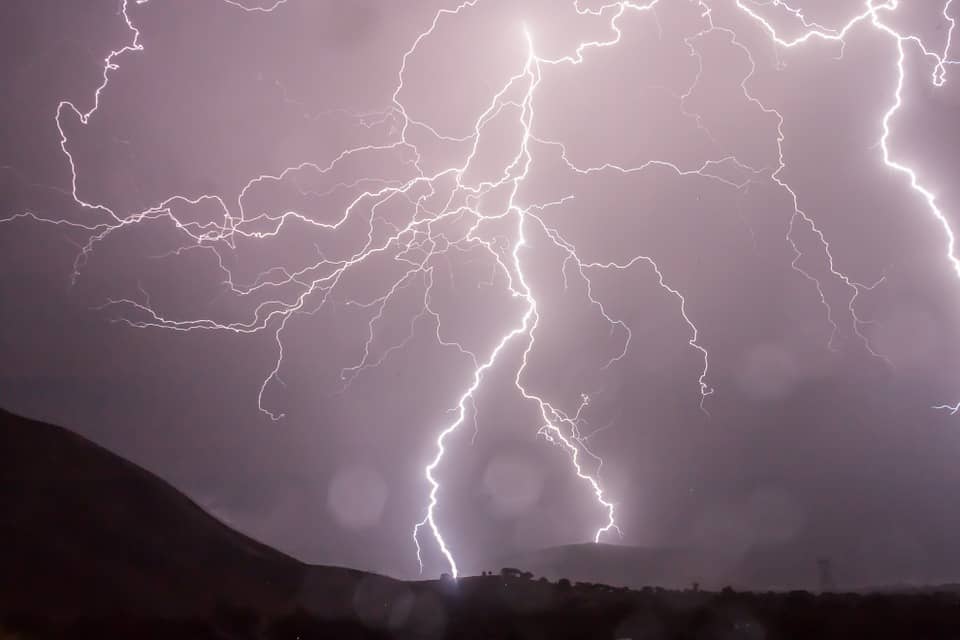
New Hampshire Safety Guide: Hurricanes, Thunderstorms, and Lightning
The Atlantic hurricane season begins on June 1st and runs until November 30th. Hurricanes are categorized into five levels:
- Category 1 — winds 74-95 mph; typically cause minor exterior home damage, toppled tree branches, uprooting of small trees, and extensive damage to power lines causing outages
- Category 2 — winds 96-110 mph; typically causes major exterior home damage, uprooting of small trees, many road blockages, and guaranteed power outages for days to weeks
- Category 3 — winds 111-129 mph; typically causes extensive exterior home damage, uprooting of many trees, many road blockages, and extremely limited availability of water and electricity
- Category 4 — winds 130-156 mph; typically causes loss of roof structure and/or some exterior walls, uprooting most trees, most power lines down, residential areas becoming isolated because of high debris pile-up, and power outages lasting weeks to months
- Category 5 — winds greater than 157 mph; typically causes a high percentage of homes to be destroyed, uprooting of trees and power lines isolating residential areas, power outages lasting weeks to months, and most areas left uninhabitable
Early preparation for dangerous storms includes keeping gutters and downspouts clear of debris, trimming trees and shrubbery to prevent heavy branches from being overcome in strong winds, reinforcing the garage door, and installing a generator. If a tropical storm or hurricane is projected to hit your area with several days notice, you can board up windows with 5/8” exterior grade or marine plywood cut to fit. Contrary to popular belief, taping up windows not only doesn’t protect them from shattering, it can actually create a bigger danger to your family and neighbors. Sandbags, duct tape, or heavy plastic can help secure first floor doorways from potential flooding.
Learn community hurricane evacuation routes and how to find higher ground in your area. It’s important to know where you’d go and how you’d get there should a dangerous storm occur.
When severe storms are approaching your area, watch TV or listen to the radio for the latest updates from the National Weather Service (NWS). You may want to turn your refrigerator to its coldest setting and keep the doors closed in case of an outage. Turn off your utilities if instructed to do so. Close and lock all windows, including storm shutters if you have them. Fill the bathtub and other large containers with water to ensure a water supply. Tie down or bring in any outdoor items that could get caught up in high winds, including patio furniture, garbage cans, and decorations.
If you live in a high-rise structure, be prepared to take shelter on a lower floor since dangerous wind conditions increase with height. If your area is ordered to evacuate, do so immediately — don’t forget your emergency kit! — and lock your doors when you leave. If there’s a possibility of a flash flood, don’t wait for instruction to move. Get to higher ground as quickly as possible.
If you’re unable to safely evacuate, stay inside. Secure and lock all exterior doors, and close all interior doors to prevent wind from entering. Keep curtains and blinds closed as an extra layer of protection, and don’t open them even if you think there’s a lull. Move your family into a small interior room, closet, or hallway on the lowest level as far from exterior doors and windows as possible. Lie on the floor under a table or another sturdy object that can protect you from debris.
Following a hurricane, stay on alert for extended rainfall and flooding, and keep listening for updates from the NWS. If you evacuated, return home only when officials say it’s safe. Be wary of flooded or weakened roads, washed-out bridges, downed electrical lines, and debris. Inspect the outside of your home for damage before entering it, and if it seems questionable, have it inspected by a qualified building inspector or structural engineer. Take special care to listen for a hissing sound and smell for gas; if the gas line is damaged, stay out of the home and turn off the main outside valve if you can before calling the gas company. Watch your children and pets carefully so they don’t unknowingly put themselves in danger. If you can’t return home and have immediate housing needs, you can text SHELTER + your zip code to 43362 (4FEMA) to find the nearest shelter.
When it comes to lightning, never underestimate your risk as it’s one of the leading causes of weather-related fatalities. Lightning can travel through plumbing so if it’s active in your area, avoid water even if you’re indoors. Avoid all electronics and corded phones, keeping in mind that as long as it’s not plugged in or charging your cell phone is safe. You should even avoid concrete floors and walls as much as possible; lightning can travel through metal wires or bars in these kinds of structures.
If you’re outside when a lightning storm strikes, get to shelter immediately. Find a safe, enclosed structure and stay there until the threat has cleared. A good rule of thumb is waiting for at least 30 minutes following the last clap of thunder. If there isn’t any shelter immediately available to you, crouch low with as little of your body touching the ground as possible. Lightning can cause electric currents along the top of the ground that can be deadly even 100 feet away, so your safest option is to get inside as soon as possible.
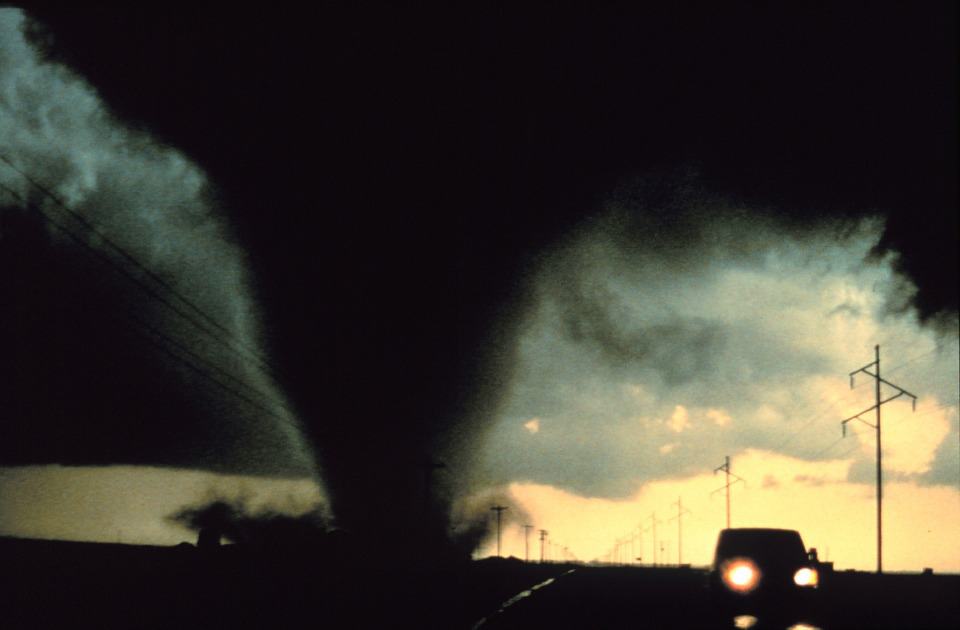
New Hampshire Safety Guide: Tornadoes and Microbursts
The New England region has a fairly short tornado season. With averages peaking in July, they tend to occur in the summer because the jet stream is nearby and it’s usually the only time of year abundant surface moisture makes it so far north.
Tornadoes often give you only moments to prepare, so it’s important to understand what the NWS means when they talk about a tornado watch or a tornado warning. A tornado watch means conditions are favorable for the development of severe thunderstorms and multiple tornadoes in or around the designated area. Anyone in the watch area is encouraged to be vigilant in preparing for one touching ground. A tornado warning means spotters have actually seen an active tornado or one has been indicated on radar and is either imminent or occurring in the specified area. Anyone in the warning area is strongly encouraged to immediately take cover.
If you’re inside when a tornado warning is issued, find shelter in the lowest level like a basement or storm cellar. If there’s no basement, then inner hallways, small inner rooms or closets far from windows and glass doorways are your safest spots. (If you’re away from home at the office or a church, get to the innermost part of the building on the lowest floor. Never take an elevator to get lower—tornadoes can easily take out power lines and you could end up trapped.) Keep pets in a crate or on a leash to prevent unsafe wandering. Stay inside until you’re absolutely certain the storm has passed, keeping in mind that multiple tornadoes can emerge from a single storm. Bring your emergency radio with you to listen for updates.
If you’re outside when a tornado strikes (listen for emergency sirens), get inside immediately and find a protected space away from windows and exterior doors. Avoid buildings with long-span roofs like arenas, school gymnasiums, and malls; they’re usually only supported by outside walls and the pressure of a tornado can cause them to collapse. If you’re not near any buildings, crouch next to a strong structure or lie flat in a ditch. Cover your head and neck with a jacket or your arms.
If you’re in a car and can safely out-drive the storm, do so. Get to the nearest sturdy structure and go inside. If you’re in a rural area away from buildings, you have a few options: pull over and stop the car, but leave it running so your airbags remain activated. Crouch below the windows and protect your head and neck. If you’re near a ditch, it’s safer to get out of the car and into the ditch, far enough away from the car so it doesn’t tumble onto you. Never get out and climb under the embankment of a bridge or overpass as this can actually increase your danger.
Portsmouth, Derry, Keene, Salem, Dover, Concord, Nashua, and Manchester are all at a higher risk for tornado damage than the New Hampshire average.
A microburst is a blasting downdraft within a thunderstorm that can be life-threatening and cause extreme damage. They’re sometimes accompanied by rain or hail, and can reach wind speeds of up to 100 miles per hour. If they’re occurring in your area, get inside a sturdy shelter and stay there. If you’re outside, seek a sheltered area away from trees. In the case of microbursts, cars are better than no shelter so long as you’re not parked near trees.
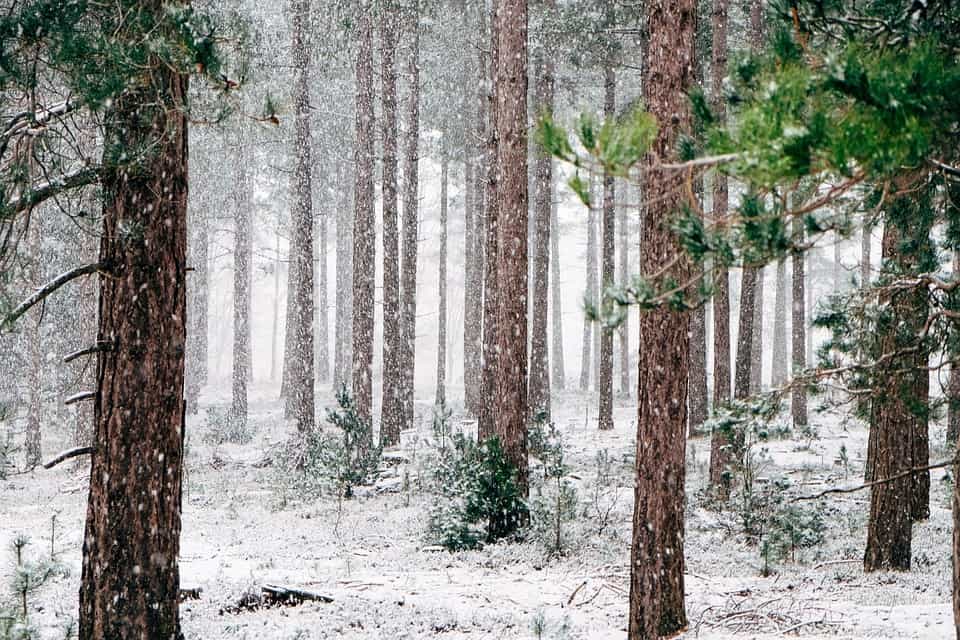
New Hampshire Safety Guide: Severe Winter Storms
In addition to its turbulent summer months, New Hampshire can have bitter winter storms as well. They can bring extreme cold, wind-driven snow, icy roads, and downed trees and power lines.
You can prepare your home for the cold winter months by installing storm windows, insulating attics and exterior walls, caulking or weather-stripping doors and windows, and insulating your pipes. You may want to invest in high-quality winter tires for your car, as well.
Keep an eye on the news when temperatures start dropping in your area, and be alert for winter storm watches and warnings. A winter storm watch indicates that conditions are right for a severe storm to develop within 36-48 hours. If one is in effect for your area the safest place to be is inside, so avoid going outside or traveling. If you have any outside pets or animals, break the inside rule to move them to a warm, secure shelter and ensure they have ample food and water. A winter storm warning means a life-threatening severe storm has arrived or will begin within 24 hours.
Be sure to layer your clothes to prevent hypothermia, even if you’re inside. Conserve energy by lowering the thermostat to 65 degrees during the day and 55 degrees at night. If the power goes out, use safe emergency heat sources like space heaters, well-vented wood, coal, or camp stoves, or a fireplace with a sturdy metal screen and an ample supply of wood.
A blizzard is a severe snow storm with winds in excess of 35 mph and visibility of less than a quarter mile for more than three hours. Blizzard warnings are issued when conditions will likely lead to produce life-threatening wind chills, blinding snowfall, and deep snowdrifts. They can also occur after snowfall when high winds cause whiteouts. If you get caught outside in a blizzard, protect your lungs by covering your mouth and keep blood flowing by moving around. If you can safely get to shelter, do so. Otherwise, build a snow cave to block chilling winds. Stay as hydrated and nourished as possible. Don’t, however, eat snow as a source for hydration as it can actually increase your likelihood of hypothermia. It’s not advised to ever drive in a blizzard, but if you must, have an emergency kit on-hand that includes jumper cables, road flares, and tow rope in case your car breaks down.
New Hampshire Safety Guide: Earthquakes
Rochester has a higher chance of earthquake damage than the New Hampshire average, and Concord beats out both the state and national average for damage potential. Though New Hampshire is only considered an area of moderate seismic hazard, they can still occur at any time with no warning, so it’s still important to prepare your family for the possibility. Go over these safety steps with your children so that they’ll know what to do if an earthquake hits even if you aren’t around to guide them.
You can prepare your home for earthquakes by storing breakables in cabinets with latched doors and heavy objects on lower shelves. Bolt heavy bookcases to the wall and anchor heavy appliances and furniture like water heaters, furnaces, and stoves. Avoid hanging heavy mirrors or pieces of art above areas commonly slept or sat in.
If you’re indoors when an earthquake hits, quickly move under a heavy desk or table, or brace yourself along an interior wall. Avoid taking cover near windows, large hanging objects, heavy furniture or appliances, and fireplaces. The goal is to be near the room’s structural strong points and avoid falling objects. If you’re cooking, turn off the stove and take cover.
If you’re outdoors when an earthquake hits, move away from trees, buildings, and power lines where you may be at risk for falling objects. If you’re driving, smoothly slow down and stop the car on the side of the road, avoiding bridges, overpasses, trees, power lines, and large signs. Stay in the car and crouch away from the windows. Most are over in seconds, so the quicker you get to safety, the better.
Following an earthquake, check that everyone is safe and uninjured. Immediately listen for hissing and smell for gas to ensure the gas line is still intact. If you suspect it has a problem, open a window and get everyone out of the house. If your house has suffered severe damage, leave until it’s been inspected and cleared by a safety professional. If the power was knocked out, unplug major appliances to prevent potential damage when power returns. If you smell hot insulation or see sparks or frayed wires, turn off the power at the main breaker. Be wary of the potential for aftershocks.
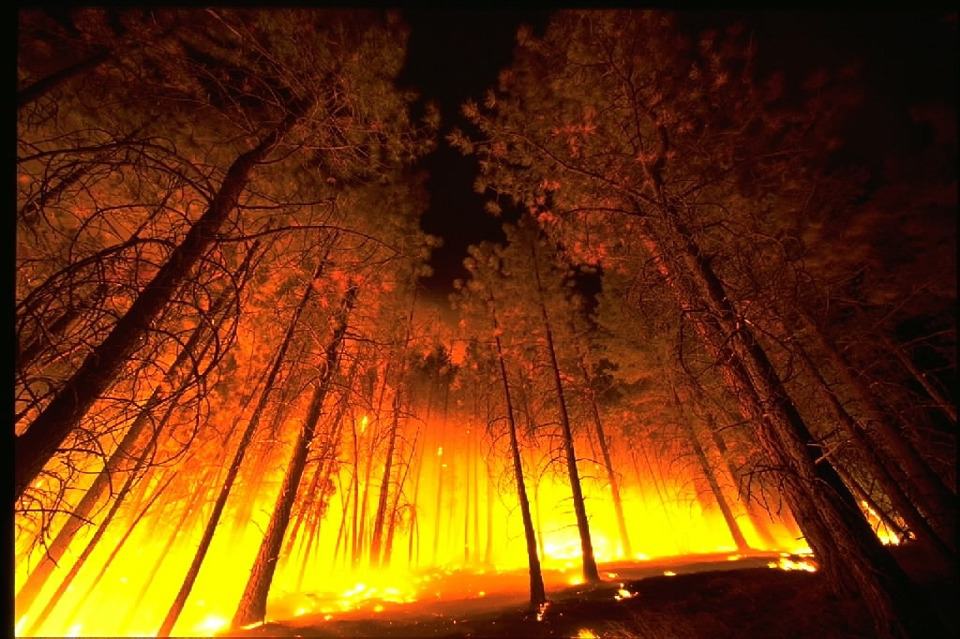
New Hampshire Safety Guide: Wildfires
In the past, New Hampshire’s wildfires have run in 50-year cycles and are expected to occur in the spring and fall months. The city of Manchester tends to be especially susceptible, especially newly-developed areas where cut trees cause soil to dry out and leave dead grass.
You can prepare for wildfires by evaluating your property for weak spots. Clear flammable trees and plants, including dead grass, so your home is clear of them for at least 50 feet. Install smoke alarms in your home and test them regularly to be sure they’re working. Decide in advance what personal items you couldn’t bear to leave behind in the event of an evacuation, keeping it to a minimum. While this will save you precious seconds if a wildfire is in your area, be prepared that you may not have time to grab anything and may have to leave everything behind for your own safety.
If a wildfire is approaching your area, put emergency supplies in the car so you can get out quickly if you need to. If there’s time, use a hose to wet down the exterior of your house and the surrounding area. If you’re ordered to evacuate, turn off the gas and then get out immediately.
Following the fire, only return when officials have deemed your area safe. Be on the lookout for hot spots and extinguish them. Small fires can flare up without warning even after the main fire has been extinguished. You’ll also need to keep an eye out for ash pits, or holes full of hot ashes left by burned trees. Keep children far away from them and mark them so no one falls in and gets injured. Learn more on how to fireproof your home.
Every state comes with its own risks, and it’s important to be prepared for all of them. Research the susceptibility of your specific area for all of these disasters so you can be best prepared for any disasters that come your way.
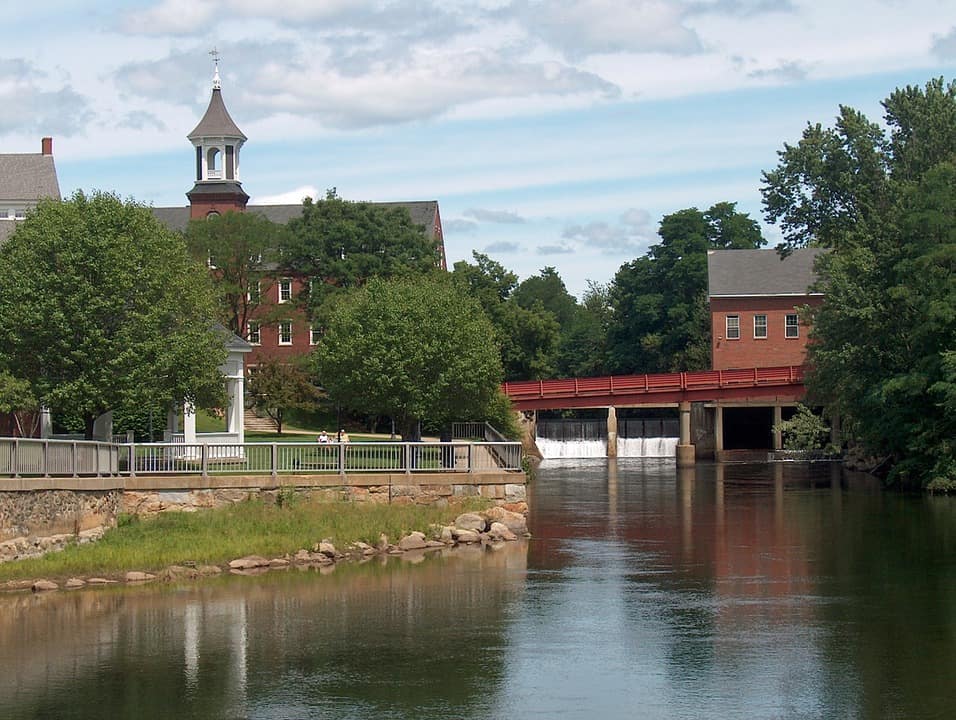
Emergency Contacts for the Top 10 Largest New Hampshire Cities
Manchester
Manchester Police Department
405 Valley Street, Manchester, NH 03103
603-668-8711
Manchester Fire Department
100 Merrimack Street, Manchester, NH 03101
603-669-2256
Manchester Health Department
1528 Elm Street, Manchester, NH 03101
603-624-6466
News Channel WMUR
603-669-9999
Nashua
Nashua Police Department
0 Panther Drive, Nashua, NH 03062
603-594-3500
Nashua Fire Department
70 East Hollis Street, Nashua, NH 03060
603-594-3651
Nashua Health Department
18 Mullberry Street, Nashua, NH 03060
603-589-4560
News Channel WMUR
603-669-9999
Concord
Concord Police Department
35 Green Street, Concord, NH 03301
603-225-8600
Concord Fire Department
24 Horseshoe Pond Lane, Concord, NH 03301
603-225-8650
Concord Health Department
129 Pleasant Street, Concord, NH 03301
1-800-852-3345
News Channel WMUR
603-669-9999
Dover
Dover Police Department
46 Locust Street, Dover, NH 03820
603-749-3956
Dover Fire Department
9 Broadway, Dover, NH 03820
603-516-6150
Dover Health Department
262 6th Street, Dover, NH 03820
603-516-6038
News Channel WMUR
603-669-9999
Rochester
Rochester Police Department
23 Wakefield Street, Rochester, NH 03867
603-330-7127
Rochester Fire Department
37 Wakefield Street, Rochester, NH 03867
603-335-7545
News Channel WMUR
603-669-9999
Salem
Salem Police Department
9 Veterans Memorial Parkway, Salem, NH 03079
603-893-1911
Salem Fire Department
152 Main Street, Salem, NH, 03079
603-890-2200
Salem Health Department
33 Geremonty Drive, Salem, NH 03079
603-890-2050
News Channel WMUR
603-669-9999
Merrimack
Merrimack Police Department
31 Baboosic Lake Road, Merrimack, NH 03054
603-424-3774
Merrimack Fire Department
432 Daniel Webster Highway, Merrimack, NH 03054
603-424-3690
News Channel WMUR
603-669-9999
Keene
Keene Police Department
400 Marlboro Street, Keene, NH 03431
603-357-9813
Keene Fire Department
31 Vernon Street, Keene, NH 03431
603-283-5668
Keene Health Department
3 Washington Street, Keene, NH 03431
603-352-5440
News Channel WMUR
603-669-9999
Derry
Derry Police Department
1 Municipal Drive, Derry, NH 03038
603-432-6111
Derry Fire Department
131 East Broadway, Derry, NH 03038
603-432-6121
Derry Health Department
14 Manning Street, Derry, NH 03038
603-845-5519
News Channel WMUR
603-669-9999
Portsmouth
Portsmouth Police Department
3 Junkins Avenue, Portsmouth, NH 03801
603-427-1500
Portsmouth Fire Department
170 Court Street, Portsmouth, NH 03801
603-427-1515
Portsmouth Health Department
1 Junkins Avenue, Portsmouth, NH 03801
603-610-7238
News Channel WMUR
603-669-9999




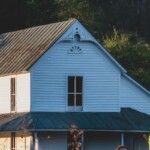
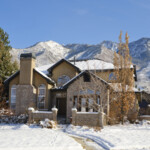






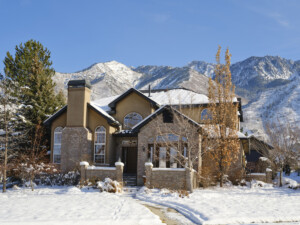



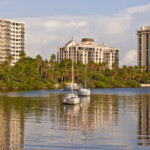



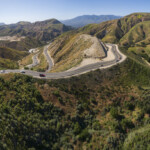






 United States
United States Canada
Canada